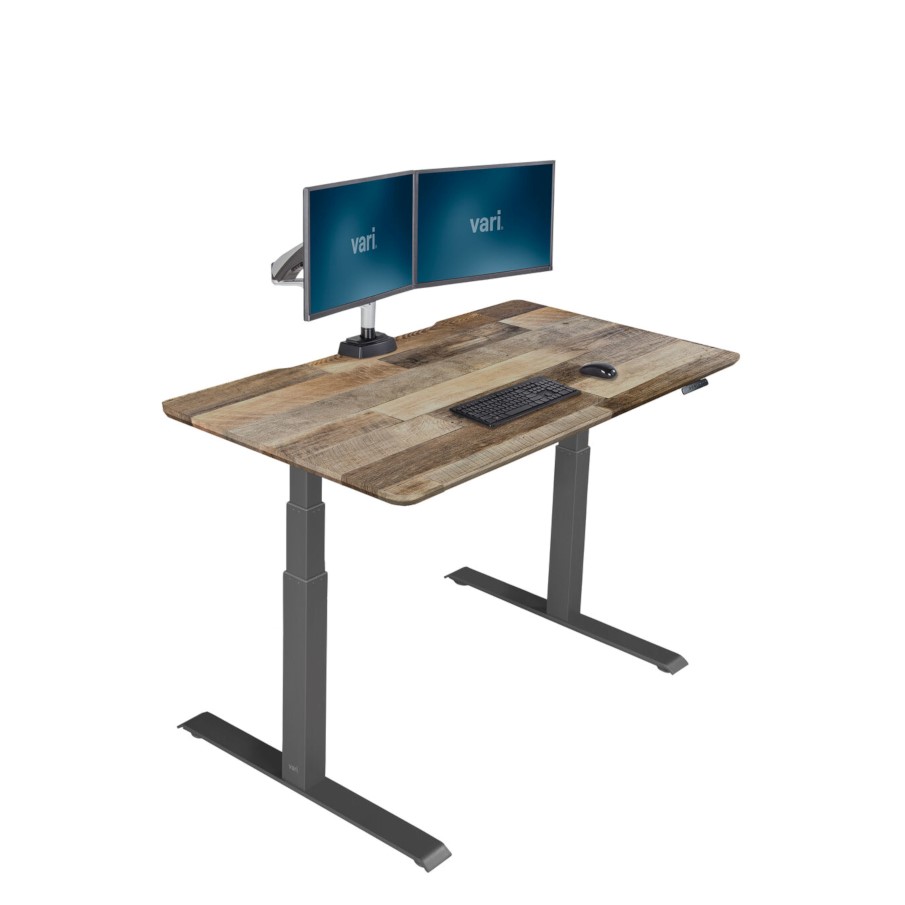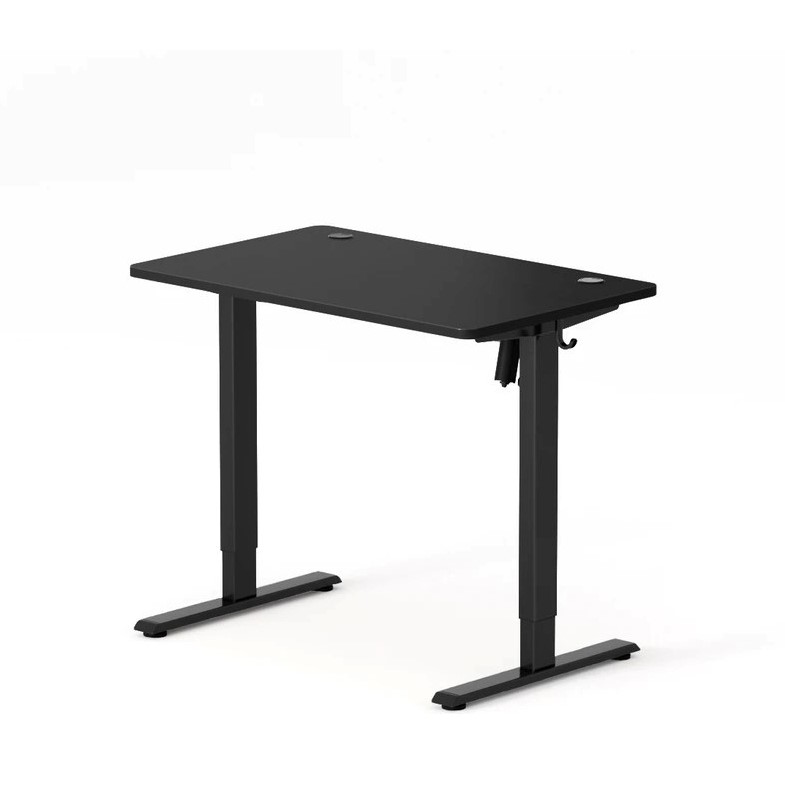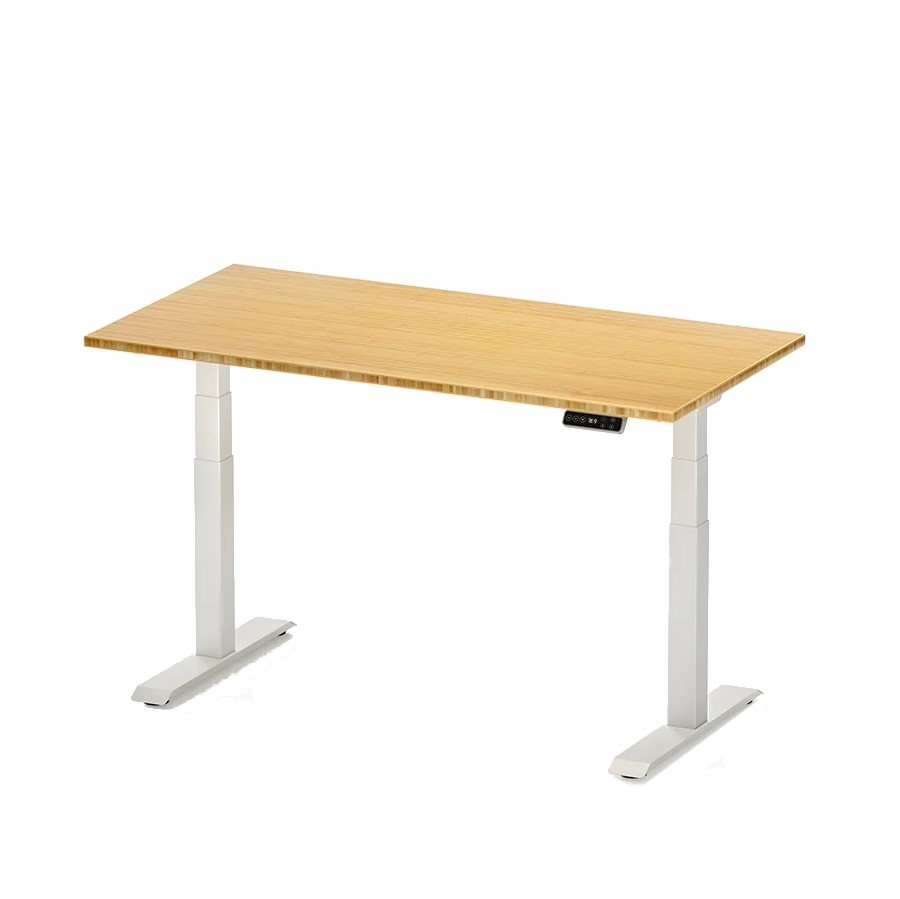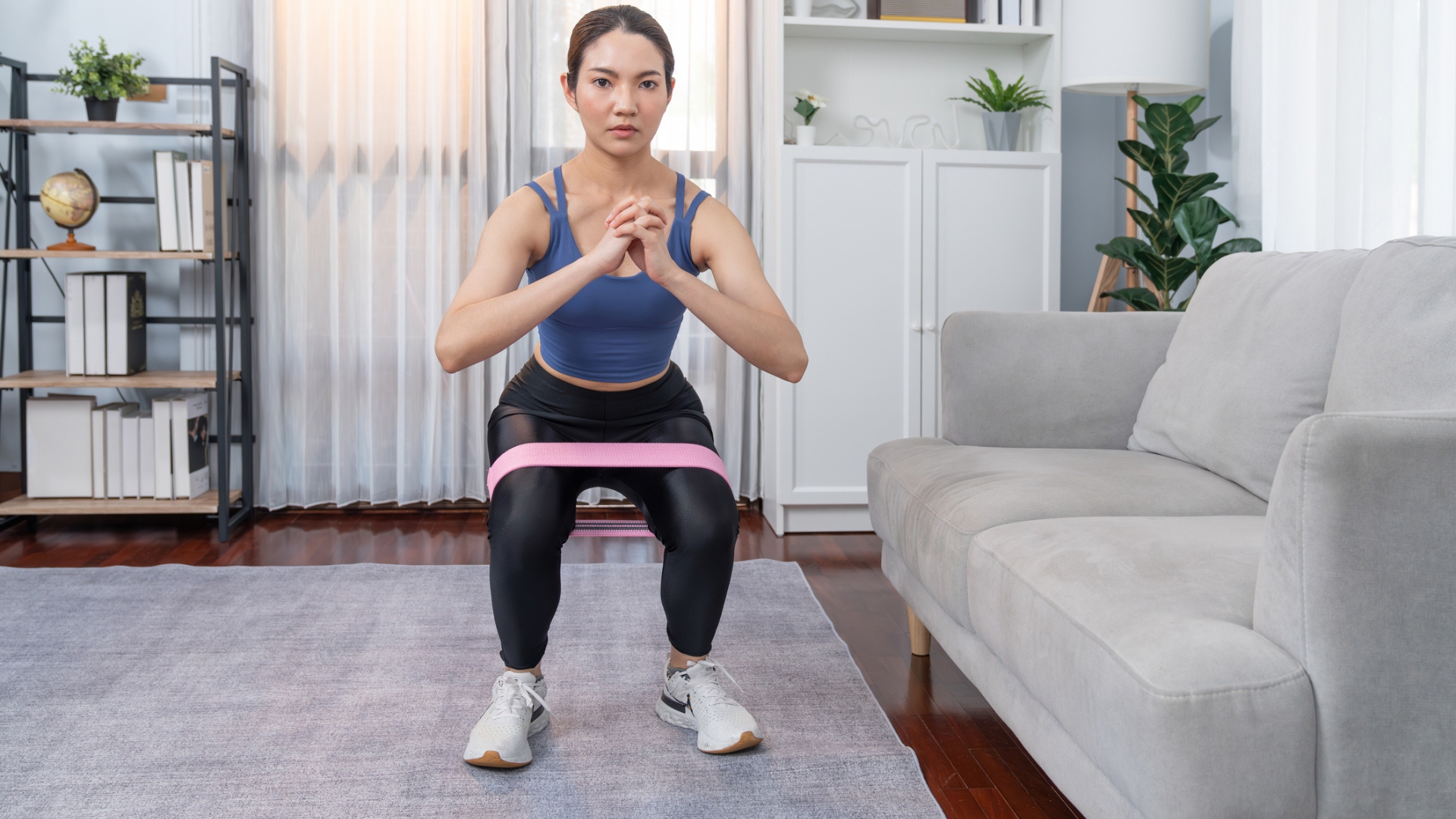Four shoulder exercises to relieve tension I wish I had known about sooner
If you work at a desk, add this four-minute routine to your day


Spending too long sitting at a desk without moving can lead to a surprising number of health issues, from poor posture to neck, shoulder and back pain, while the lack of leg movement can sometimes cause issues with circulation, too.
Prolonged sitting can even slow the metabolism down, which impacts how the body regulates blood sugar and blood pressure, and metabolizes fat, which could potentially lead to weaker muscles and bones.
The good news is that with some simple stretches and movements you can relieve the tension and counteract some of the damage caused by sitting at your desk. The below routine by mobility coach Anthony Green takes just four minutes and is a great way to incorporate stretching into your working day.
How to do the shoulder stretches
A post shared by Anthony Green | Mobility (@coachgreen.pt)
A photo posted by on
Why stretching is important for desk workers
If you spend a lot of time at your desk then you will really benefit from a regular stretch routine, especially as you reach middle age.
“Mobility of our muscles and joints is something that becomes more important as we age,” chiropractor Dr. Anna Snook told me, “and if you're noticing you are less mobile in everyday tasks, it's likely that you need to add in regular posture breaks to your working day.
“You can also complete mobility workouts when you have longer breaks from work—there are lots online that you can follow along with the instructor virtually.”
So how long should desk workers spend stretching to counteract the damage of sitting? “This really depends on how well you tolerate long periods of sitting,” says Snook. “If you're experiencing stiffness, you can try posture breaks every 45 minutes, but if you are really struggling with neck and shoulder stiffness, then set an alarm for every 30 minutes. Use this time to have a wiggle, change position, stand, stretch and look out of the window for a few moments to reset.”
Get the Fit&Well Newsletter
Start your week with achievable workout ideas, health tips and wellbeing advice in your inbox.
She also recommends reviewing your desk setup and stripping it back to basics. “Monitor that change, notice how you feel and then make further changes. A sit-stand desk can be helpful, to allow you to change postures more easily.”
Shop standing desks
Our colleagues at Tom's Guide have been testing the best standing desks. Here are their three top picks.



Maddy Biddulph is a freelance journalist specializing in fitness, health and wellbeing content. With 26 years in consumer media, she has worked as a writer and editor for some of the bestselling newspapers, magazines and websites in the US and UK.
She is also a qualified L3 personal trainer and weight loss advisor, and helps women over 40 navigate menopause by improving their physical and mental strength. At Maddy Biddulph Personal Training, she runs one-to-one and small group training for menopausal women who want to get fit to ease symptoms and feel like themselves again.
-
 Six tasty ways to eat 30g of protein for breakfast
Six tasty ways to eat 30g of protein for breakfastWhether or not you're following the 30-30-30 method, there are benefits to eating a high-protein breakfast
By Mary Goodsell Published
-
 Want a full-body workout that you can do anywhere? Pick up this budget fitness tool and you'll be able to build muscle wherever you go
Want a full-body workout that you can do anywhere? Pick up this budget fitness tool and you'll be able to build muscle wherever you goPortable, lightweight and effective
By Maddy Biddulph Published
